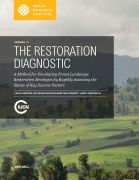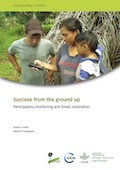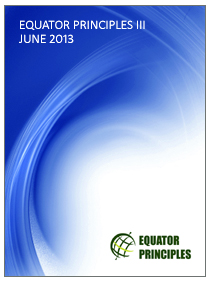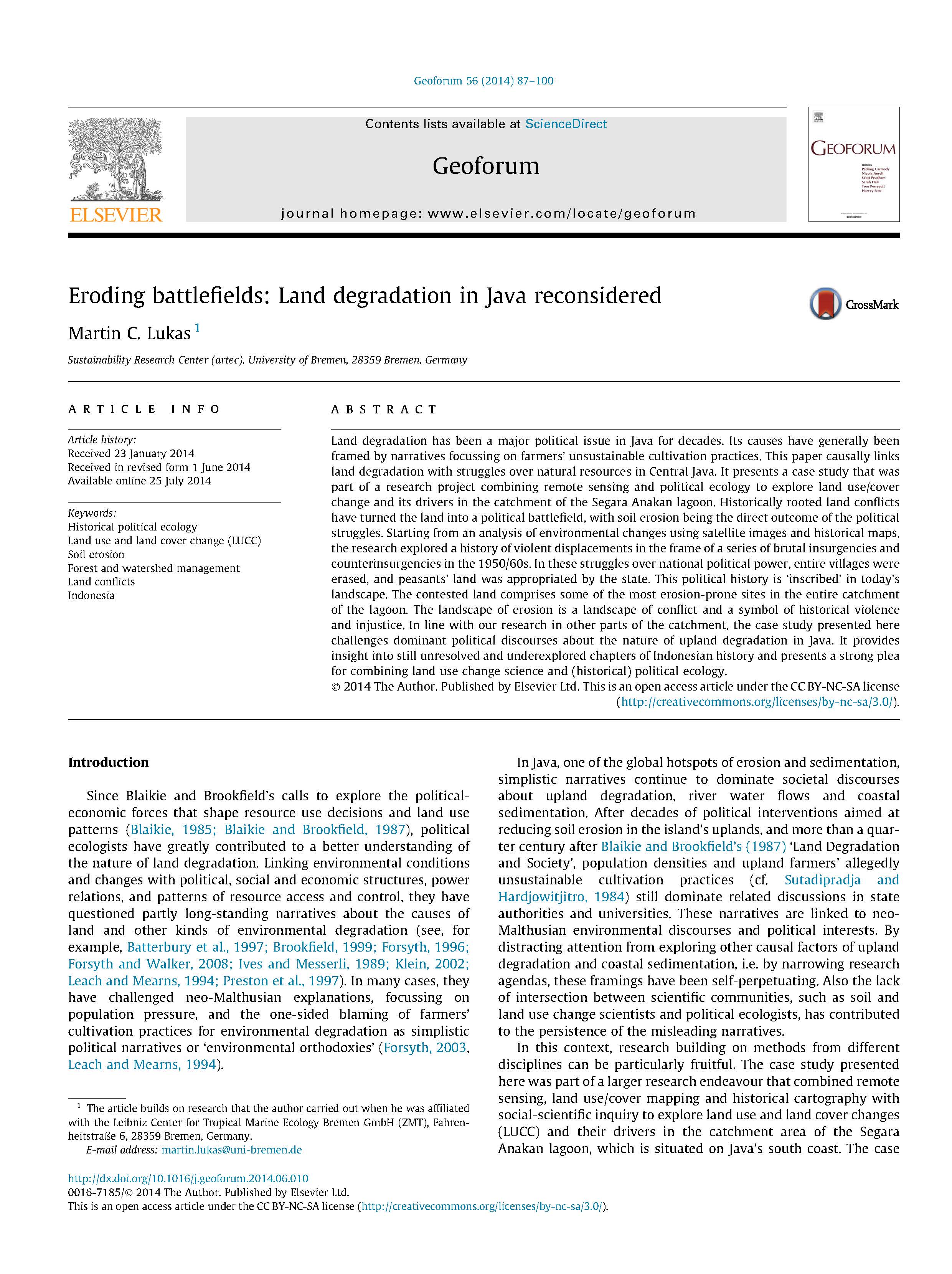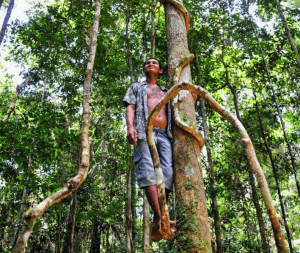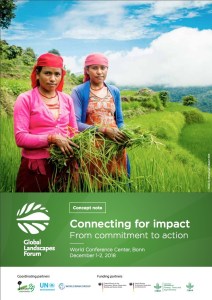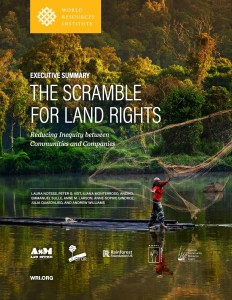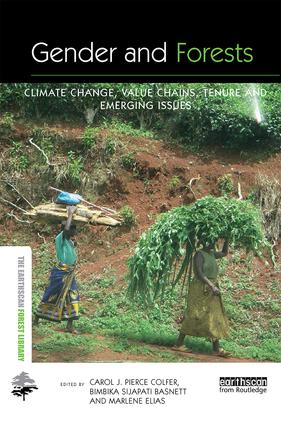The Restoration Diagnostic A Method for Developing Forest Landscape Restoration Strategies by Rapidly Assessing the status of Key Success Factors
The Restoration Diagnostic is a structured method for determining the status of enabling conditions within a landscape being considered for restoration and for designing the requisite policies, practices, and measures needed for successful restoration. The Diagnostic was developed as part of the Restoration Opportunities Assessment Methodology (ROAM) by the World Resources Institute (WRI) and the International Union for Conservation of Nature (IUCN).

